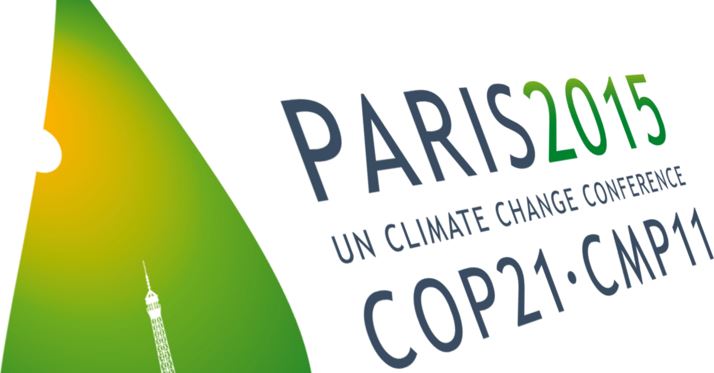One of the aims of the Paris Climate Summit, which starts on November 30 and continues until December 11, is to avoid a rift between the world’s richest and poorest nations. Delegates from nearly 200 countries will get together and try to agree on how to limit or stop global warming.
Following several decades of complex negotiations, the 21st Conference of the Parties (COP21) is the best chance in a very long time to galvanize the world around a realistic solution.
Bruno Oberle, head of the Swiss Federal Office for the Environment, was quoted by www.swissinfo.ch as saying:
“For the first time there is ample consensus for a change of course. The great powers, including China and the US, recognise too that there is a need to act.”
 Will the Paris Conference end with a binding and comprehensive agreement?
Will the Paris Conference end with a binding and comprehensive agreement?
While the rich nations fear that job losses and lower corporate profits could result from a comprehensive and effective agreement, for poorer nations such as Bangladesh, no deal would mean more deaths, flooding, poverty, and vast areas of the country sinking under the sea.
The sea level in Bangladesh is rising, and several coastal islands are already semi-submerged. As floods, cyclones and storms intensify, ActionAid says hundreds of people’s lives and livelihoods are being lost annually. Fifty children die from drowning each day in Bangladesh.
The meeting’s two main topics
The agenda covers two main topics:
1. Support for climate-friendly policies in developing nations.
2. Reducing greenhouse gas emissions. Greenhouse gases include carbon dioxide (CO2), water vapour, methane (CH2), nitrous oxide (N2O), ozone (O3), and chlorofluorocarbons (CFCs). They are natural gases, but human activity has increased their emissions into the atmosphere.
Environment experts say the greatest concern is the release of CO2 into the atmosphere. Human activities, including the burning of fossil fuels, cutting down trees, and farm animal waste contribute to the increased emissions of greenhouse gases.
Scientists and policymakers would like to aim for a maximum increase in the average global temperature of no more than 2ºC higher than the pre-industrial era.
 Aasma, who lives in Bangladesh, wants her daughter Shumona (9) to go to school. However, she’s too scared to let her go. Three years ago, a local girl slipped from a bamboo bridge and drowned on her way to class. (Image: ActionAid)
Aasma, who lives in Bangladesh, wants her daughter Shumona (9) to go to school. However, she’s too scared to let her go. Three years ago, a local girl slipped from a bamboo bridge and drowned on her way to class. (Image: ActionAid)
Many believe this will be a very challenging target, given that today’s average world temperature is nearly 1ºC above what it was before the industrial revolution.
The Intergovernmental Panel on Climate Change (IPCC), a scientific intergovernmental body under the auspices of the United Nations, says that if the 2ºC target is exceeded the consequences for human life (and other life) on Earth could be disastrous.
It is important that a new binding and universal agreement is reached during this conference – one that can replace the Kyoto Protocol of 1997, which expired in 2012.
CO2 in the atmosphere has reached 400 parts per million (ppm), the highest level ever (since records began). The 2000 to 2010 period was the Earth’s warmest decade in 10,000 years, says the IPCC. Most scientists believe 2015 will break all records.
If we do not act now it won’t be long before that important 2ºC maximum is breached. It is not too late to do something about it now, a choice future generations will not have.
Birds leaving their habitats
BirdLife International informed this week that birds globally have been migrating either towards the poles or higher ground because their habitats have become too warm. So far, 570 bird species that have been studied internationally have been negatively affected by climate change.
Co-author, Tris Allinson, said:
“People regard climate change as something on the horizon and about to happen but the signals from birds are that significant and profound changes are already occurring, with detrimental effects for a large proportion of the birds studied.”
BBC Video – Why do 2ºC matter?

